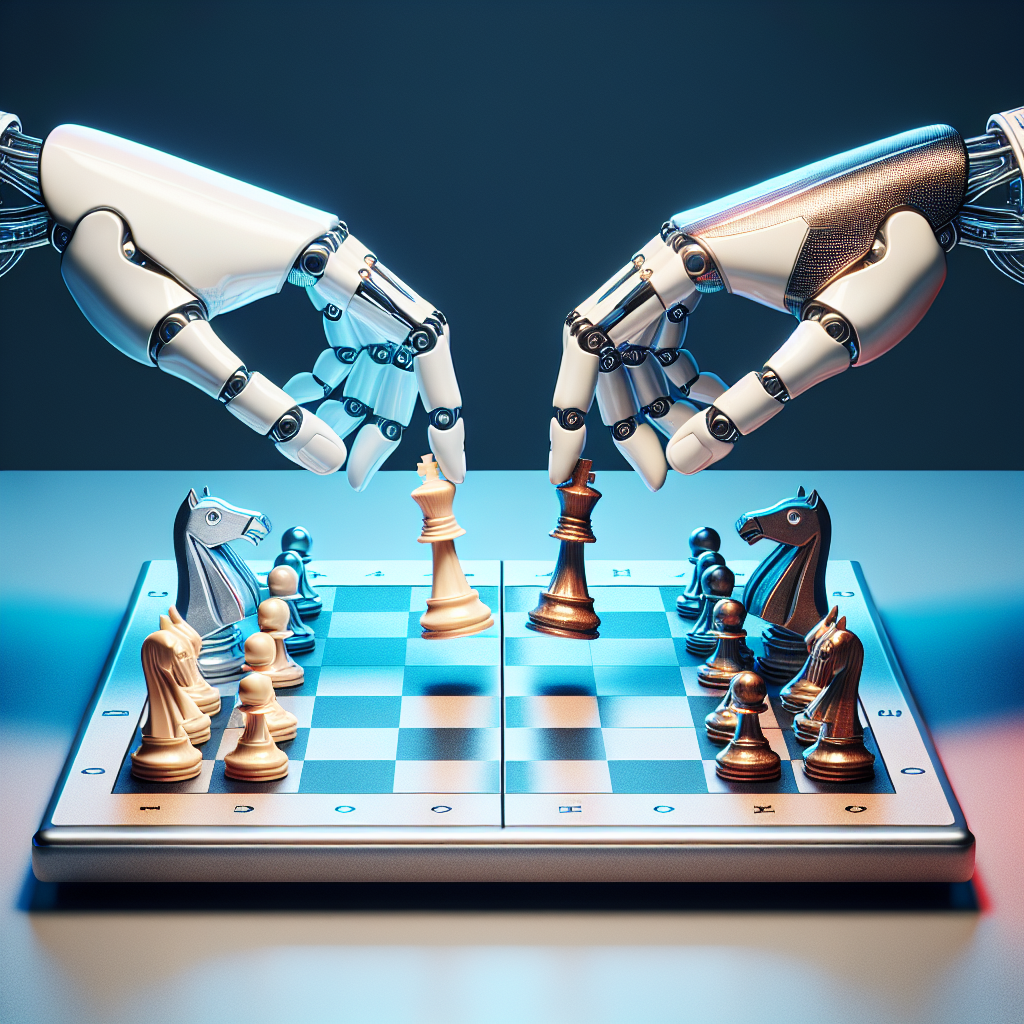Artificial Intelligence (AI) and Machine Learning (ML) are two terms that are often used interchangeably, but they are actually two distinct concepts. AI is a broad field that encompasses the development of computer systems that can perform tasks that typically require human intelligence, such as reasoning, learning, problem-solving, and understanding natural language. Machine Learning, on the other hand, is a subset of AI that focuses on the development of algorithms that can learn from and make predictions or decisions based on data.
While both AI and Machine Learning have made significant advancements in recent years, they differ in terms of accessibility. In this article, we will explore the differences between AI and Machine Learning, and discuss which is more accessible for individuals and businesses.
AI vs Machine Learning: What’s the Difference?
As mentioned earlier, AI is a broad field that encompasses a wide range of technologies and applications. It includes everything from robotics and natural language processing to computer vision and expert systems. AI systems are designed to mimic human intelligence and perform tasks that would typically require human intervention. These systems are capable of learning from experience, reasoning, recognizing patterns, and making decisions.
On the other hand, Machine Learning is a subset of AI that focuses on the development of algorithms that can learn from and make predictions or decisions based on data. Machine Learning algorithms are designed to analyze large amounts of data and identify patterns or trends that can be used to make predictions or decisions. These algorithms can be categorized into three main types: supervised learning, unsupervised learning, and reinforcement learning.
Supervised learning algorithms are trained on labeled data, where the correct output is provided for each input. The algorithm learns to make predictions by comparing its output with the correct output and adjusting its parameters accordingly. Unsupervised learning algorithms, on the other hand, are trained on unlabeled data and are used to identify patterns or relationships in the data. Reinforcement learning algorithms learn by interacting with an environment and receiving feedback on their actions.
Which is More Accessible: AI or Machine Learning?
When it comes to accessibility, Machine Learning is generally considered to be more accessible than AI. This is because Machine Learning algorithms are typically easier to implement and deploy, and require less specialized knowledge and expertise. In recent years, there has been a growing number of tools and libraries that make it easier for individuals and businesses to develop and deploy Machine Learning models.
One of the key factors that make Machine Learning more accessible is the availability of open-source tools and libraries, such as TensorFlow, scikit-learn, and PyTorch. These tools provide developers with a wide range of pre-built algorithms and models that can be easily integrated into their applications. Additionally, cloud platforms such as Google Cloud Platform, Amazon Web Services, and Microsoft Azure offer Machine Learning services that allow users to train and deploy models without having to manage the underlying infrastructure.
In contrast, AI systems are typically more complex and require a higher level of expertise to develop and deploy. AI systems often involve multiple components, such as natural language processing, computer vision, and robotics, which require specialized knowledge and skills. Developing AI systems also typically requires access to large amounts of data and computational resources, which can be a barrier for individuals and small businesses.
Despite these challenges, AI systems are becoming more accessible as well, thanks to advancements in technology and the availability of tools and resources. For example, platforms such as IBM Watson and Google Cloud AI provide developers with pre-built AI models and APIs that can be easily integrated into their applications. Additionally, there are a growing number of AI startups and companies that offer AI solutions and services to businesses of all sizes.
FAQs
Q: Can I use Machine Learning without a background in data science or programming?
A: While a background in data science or programming is beneficial, it is not necessarily required to use Machine Learning. There are a number of tools and platforms that provide a user-friendly interface for training and deploying Machine Learning models, such as Google AutoML and AWS SageMaker. Additionally, there are online courses and tutorials that can help beginners get started with Machine Learning.
Q: What are some common applications of AI and Machine Learning?
A: AI and Machine Learning are used in a wide range of applications across various industries. Some common applications include natural language processing (NLP) for chatbots and virtual assistants, computer vision for image recognition and object detection, predictive analytics for sales forecasting and customer segmentation, and reinforcement learning for game playing and robotics.
Q: How can I get started with AI or Machine Learning?
A: To get started with AI or Machine Learning, it is recommended to start by learning the basics of programming and data science. There are a number of online courses and tutorials that can help beginners get started with Python, which is a popular programming language for AI and Machine Learning. Additionally, there are online platforms such as Coursera, Udemy, and edX that offer courses in AI and Machine Learning.
In conclusion, both AI and Machine Learning have made significant advancements in recent years and are becoming more accessible to individuals and businesses. While Machine Learning is generally considered to be more accessible than AI, there are a growing number of tools and resources that make it easier for developers to develop and deploy AI systems. Whether you are interested in developing a chatbot, analyzing customer data, or building a recommendation system, there are plenty of opportunities to get started with AI and Machine Learning.

